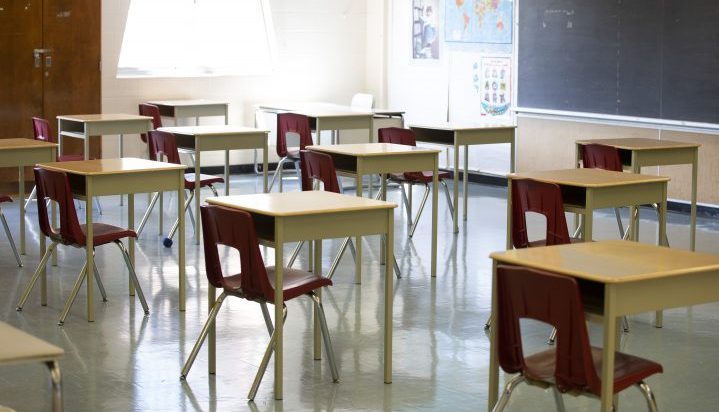A new study shows that the Maritime provinces are spending more on public schools, despite seeing declines in enrolment.

The study, conducted by the Fraser Institute, looked at the most recent data from Statistics Canada and found that student enrolment in Atlantic Canada experienced some of the largest declines from 2013 to 2018 compared to the rest of the country.
“Contrary to what we often hear, public school spending is on the rise across the Maritime provinces, even though there are fewer and fewer students to educate,” said Tegan Hill, an economist with the Fraser Institute.
New Brunswick saw the largest decline in enrolment, with 2.2 per cent fewer students. Nova Scotia was next, with a 1.7 per cent decline in student enrolment, while Prince Edward Island’s numbers remained relatively flat with an increase of only 0.3 per cent.
Despite the declining enrolment numbers, the study found that all three provinces are spending far more than the national per-student average increase of 3.8 per cent, when factoring in inflation and enrolment changes.

Nova Scotia saw the largest increase compared to anywhere else in Canada at 15.2 per cent. New Brunswick’s per-student spending rose by 5.1 per cent over the same five-year period, and P.E.I. increased its per-student spending by 7.3 per cent.
During the same time frame, Newfoundland and Labrador experienced the largest decline in public school enrolment nationwide at three per cent, while spending also decreased by 6.3 per cent.
“In critical policy discussions, especially those that affect our children’s education, it’s important to understand exactly what’s happening with spending on public schools, where the majority of kids are educated,” said Alex Whalen, a policy analyst with the Fraser Institute’s Atlantic Canada Initiative.
- What is a halal mortgage? How interest-free home financing works in Canada
- Ontario doctors offer solutions to help address shortage of family physicians
- Capital gains changes are ‘really fair,’ Freeland says, as doctors cry foul
- LGBTQ2 rallies will be held across Canada next month. Here’s what to know




Comments